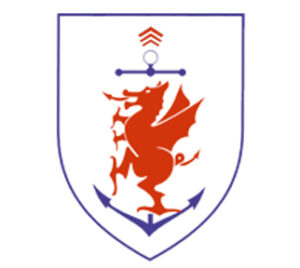Electronics
Web resources
WJEC specification and further information
About the course
The Electronics course merges Physics, Engineering, Computer Science and Mathematics to provide a thorough understanding of fundamental components and circuit design.
Learners will look at analogue circuit design, this includes temperature sensors (e.g. home thermostat), light sensors (e.g. street lighting) and Operational Amplifiers (e.g. Guitar amp). The course will cover the Physics and calculations needed to design these circuits along with the opportunity to design and produce their own circuit to solve a problem. It will go further in Year 13 to cover transmission of signals wirelessly and noise filtering techniques, then designing those circuits to ensure the signals transmitted and received remain clear.
Learners will look at the digital side too, here binary and logic are explored, logic gates (e.g. AND, OR gates) are used to meet simple circuit design specifications. Clock pulses and frequency generators are studied, fundamental components to computing systems and mobile chipsets. A small programming element is also involved, in Year 12 learners will program a chip using flow charts, in Year 13 this is advanced further with learners programming a chip using Assembly language.
The course allows learners to develop their skills in problem solving and design simultaneously, both highly desirable skills making the subject an excellent steppingstone for those interested in going on to both apprenticeships and University to study subjects such as Engineering, Physics, Mathematics, Computer Science and Finance to name a few. It also serves as a good supplementary course for those wanting to go into other fields.




